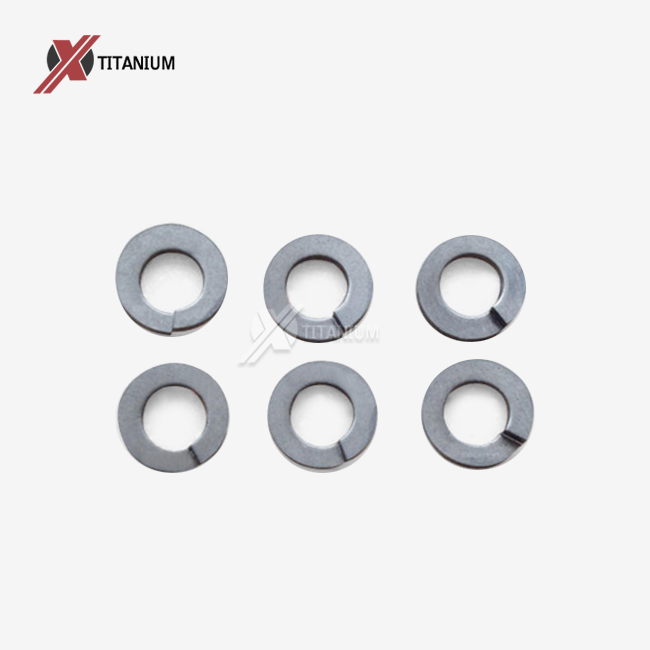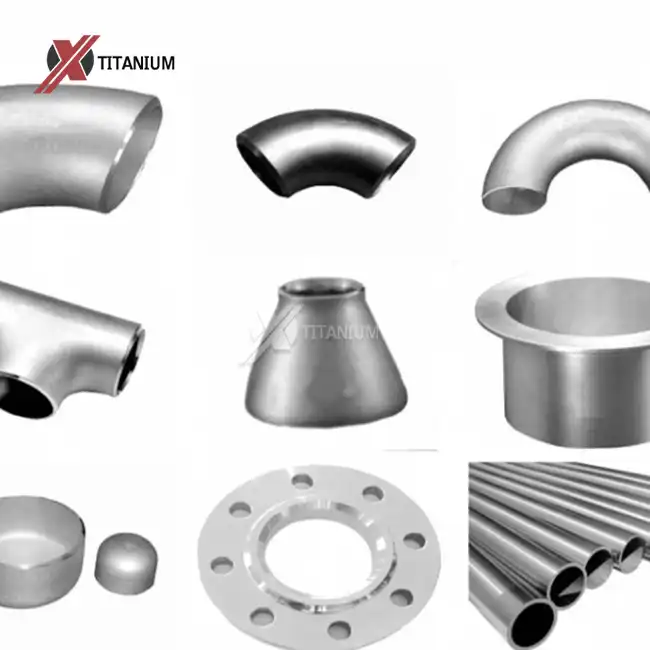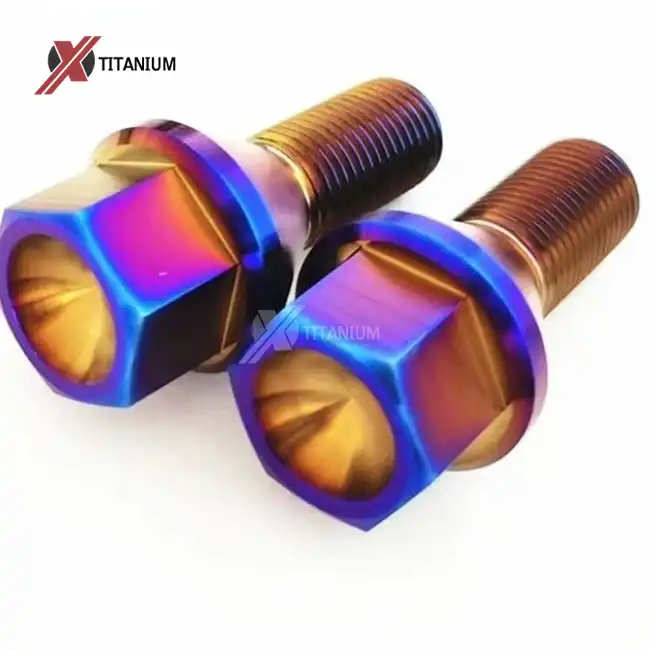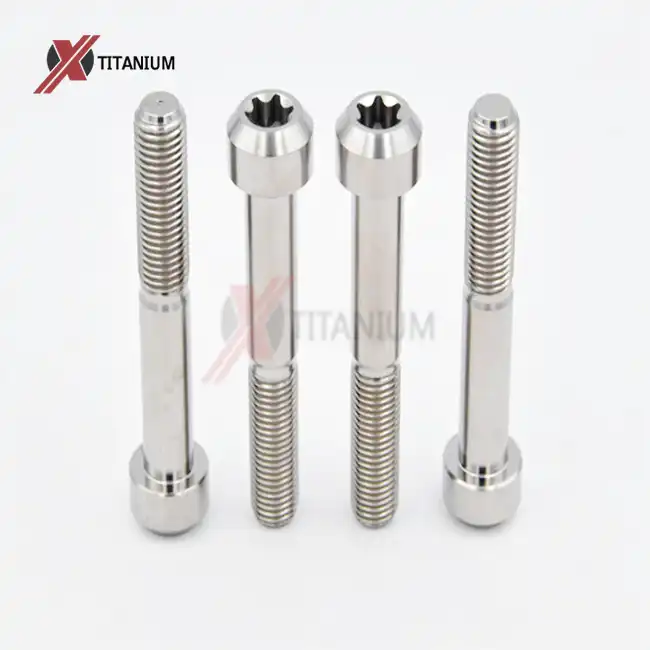Introducing the Mechanics of Spring Washers
The Design and Function of Spring Washers
Spring washers, also known as Belleville washers or conical washers, are designed with a unique shape that allows them to act as a spring when compressed. This distinctive feature sets them apart from flat washers. The washer's conical or slightly curved profile enables it to flatten out when a load is applied, creating a spring-like effect.
When a bolt is tightened, the spring washer compresses, storing potential energy. This stored energy is meant to counteract any loosening forces that may occur due to vibration, thermal expansion, or other factors. The idea is that as the joint attempts to loosen, the spring washer pushes back, maintaining tension in the assembly.
Types of Spring Washers and Their Applications
There are several types of spring washers available, each with its own characteristics and applications:
- Belleville washers: These conical disc springs can handle high loads and are often used in aerospace and automotive industries.
- Split lock washers: These have a split in the ring and are commonly used in general-purpose applications.
- Wave washers: These have a wavy profile and are used where space is limited but some spring action is required.
- Curved disc springs: These provide a more gradual increase in load as they are compressed.
Titanium spring washers, in particular, offer additional benefits due to the unique properties of titanium. They are lightweight, corrosion-resistant, and have a high strength-to-weight ratio, making them ideal for use in aerospace, marine, and chemical processing industries where weight and corrosion resistance are crucial factors.
The Science Behind Preload and Clamping Force
To understand how spring washers work, it's essential to grasp the concepts of preload and clamping force. Preload refers to the tension created in a bolt when it's tightened. This tension generates a clamping force that holds the joint together. The effectiveness of a bolted joint depends on maintaining this clamping force over time.
Spring washers are designed to help maintain preload by compensating for small amounts of relaxation or settling in the joint. As the joint materials compress or wear slightly, the spring washer expands, theoretically maintaining the clamping force. However, it's important to note that the amount of axial force a spring washer can provide is relatively small compared to the preload of a properly tightened bolt.
The Effectiveness of Spring Washers in Preventing Loosening
Research and Studies on Spring Washer Performance
Numerous studies have been conducted to evaluate the effectiveness of spring washers in preventing bolt loosening. One seminal study by Junker in the 1960s demonstrated that under transverse loading (forces perpendicular to the bolt axis), spring washers were not effective in preventing self-loosening of bolts.
More recent research has supported these findings, showing that in many cases, spring washers do not significantly improve resistance to self-loosening compared to plain flat washers. However, these studies also note that spring washers can be effective in maintaining clamp load in static applications or where there is thermal cycling.
Factors Affecting Spring Washer Effectiveness
Several factors can influence the performance of spring washers:
- Vibration frequency and amplitude
- Axial versus transverse loading
- Material properties of the fastener and joint
- Surface finish and friction between components
- Proper installation and torque application
Titanium spring washers, due to their material properties, may offer some advantages in certain applications. Their high strength-to-weight ratio and resistance to corrosion can make them more durable and reliable in harsh environments. However, they are still subject to the same mechanical limitations as spring washers made from other materials.
Common Misconceptions About Spring Washers
There are several misconceptions about spring washers that persist in industry:
- Spring washers prevent all types of loosening: In reality, they are most effective against loosening caused by axial loading and less so against transverse loading.
- More spring washers mean better locking: Stacking spring washers can actually reduce their effectiveness and may lead to improper load distribution.
- Spring washers can replace proper torquing: Correct initial tightening is crucial; spring washers cannot compensate for improper installation.
Understanding these limitations is crucial for engineers and designers when considering the use of spring washers, including titanium spring washers, in their applications.
Alternative and Complementary Fastening Solutions
Mechanical Locking Methods
Given the limitations of spring washers, various alternative mechanical locking methods have been developed:
- Nord-Lock washers: These use a wedge-locking principle to prevent loosening under vibration and dynamic loads.
- Serrated flange nuts: The serrations on the flange increase friction and resistance to rotation.
- Nyloc nuts: These feature a nylon insert that provides a locking action on the bolt threads.
- Safety wire: Commonly used in aerospace applications, this method physically prevents rotation of the fastener.
These methods can be more effective than spring washers in preventing loosening, especially in high-vibration environments. However, they may come with their own set of limitations, such as increased cost, difficulty in installation or removal, or unsuitability for certain materials or environments.
Chemical Locking Solutions
Chemical locking solutions and titanium spring washer offer another approach to preventing bolt loosening:
- Thread-locking adhesives: These liquid compounds cure to form a strong bond between the bolt and nut threads.
- Anaerobic sealants: These products cure in the absence of air, forming a seal that prevents loosening and corrosion.
- Microencapsulated adhesives: These are pre-applied to fasteners and activate during installation.
Chemical solutions can be highly effective, but they may not be suitable for all applications, particularly where frequent disassembly is required or in extreme temperature environments.
Designing for Vibration Resistance
Rather than relying solely on fastener accessories like spring washers, engineers can design joints with inherent vibration resistance:
- Optimizing joint stiffness to avoid resonance frequencies
- Using materials with different thermal expansion coefficients to maintain tension
- Incorporating redundancy in critical fastening points
- Employing stress distribution techniques to reduce localized forces on fasteners
These design approaches, when combined with appropriate fastener selection and installation practices, can significantly enhance the reliability of bolted joints in vibration-prone applications.
Conclusion
While spring washers, including titanium spring washers, have their place in the fastener toolbox, they are not a universal solution for preventing bolt loosening. Their effectiveness is limited in high-vibration environments and against transverse loading. However, when used appropriately and in conjunction with other fastening methods, they can contribute to maintaining joint integrity.
Engineers and designers should carefully consider the specific requirements of their application, including load types, environmental factors, and maintenance needs, when selecting fastening solutions. In many cases, a combination of mechanical design, proper installation techniques, and appropriate fastener selection will yield the best results.
For those seeking high-quality titanium fasteners, including titanium spring washers, for specialized applications, Baoji Chuanglian New Metal Material Co., Ltd. offers a range of solutions. Their expertise in titanium products ensures that you receive components tailored to your specific needs. For more information or to discuss your titanium fastener requirements, please contact them at info@cltifastener.com or djy6580@aliyun.com.




